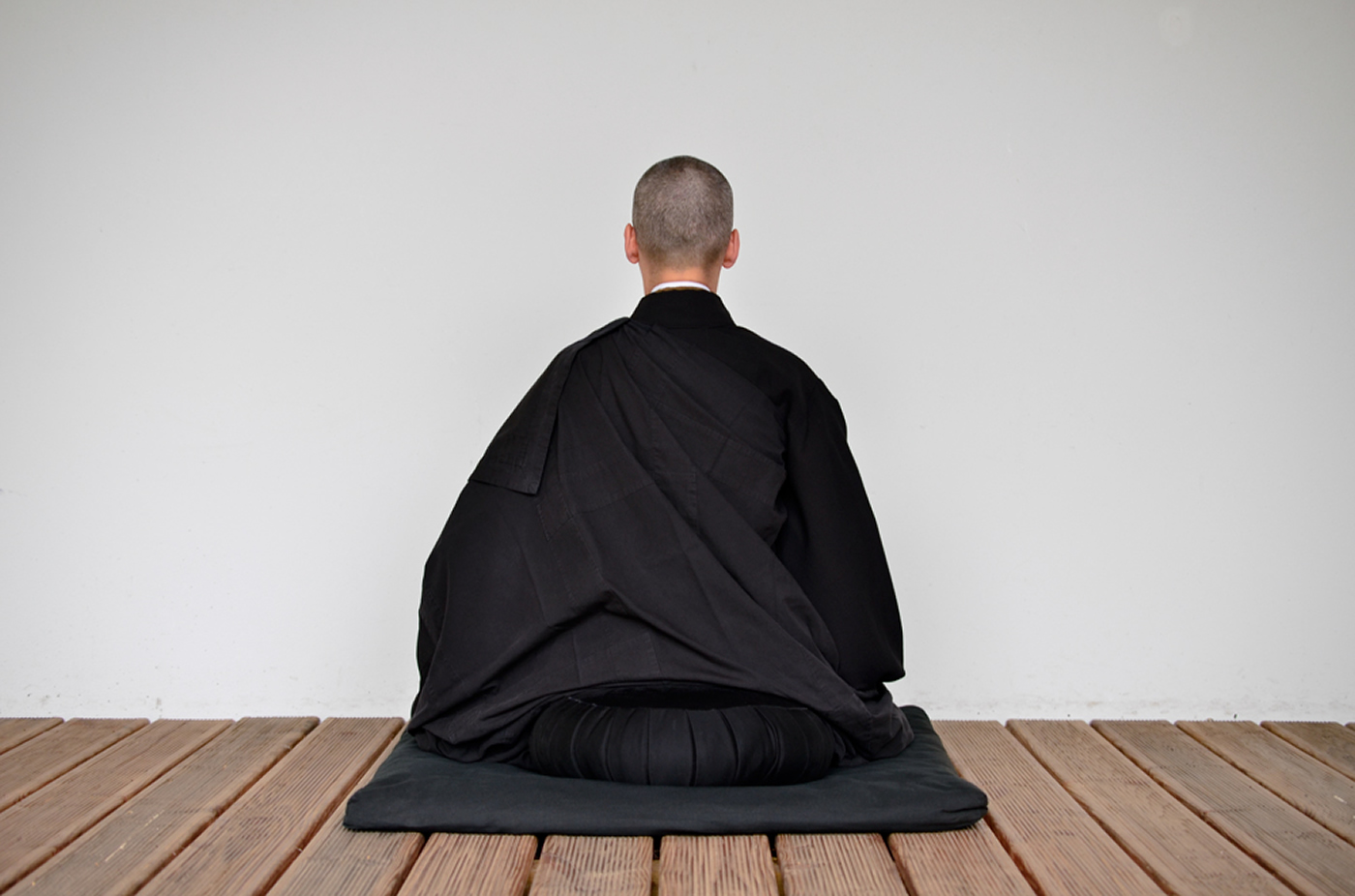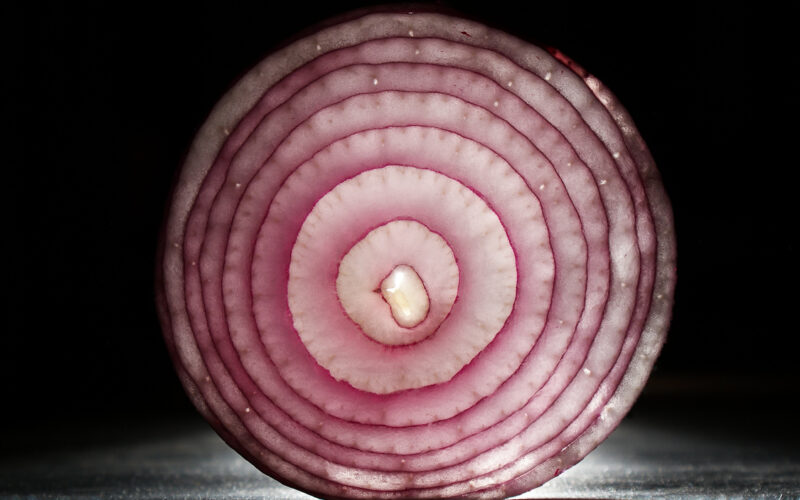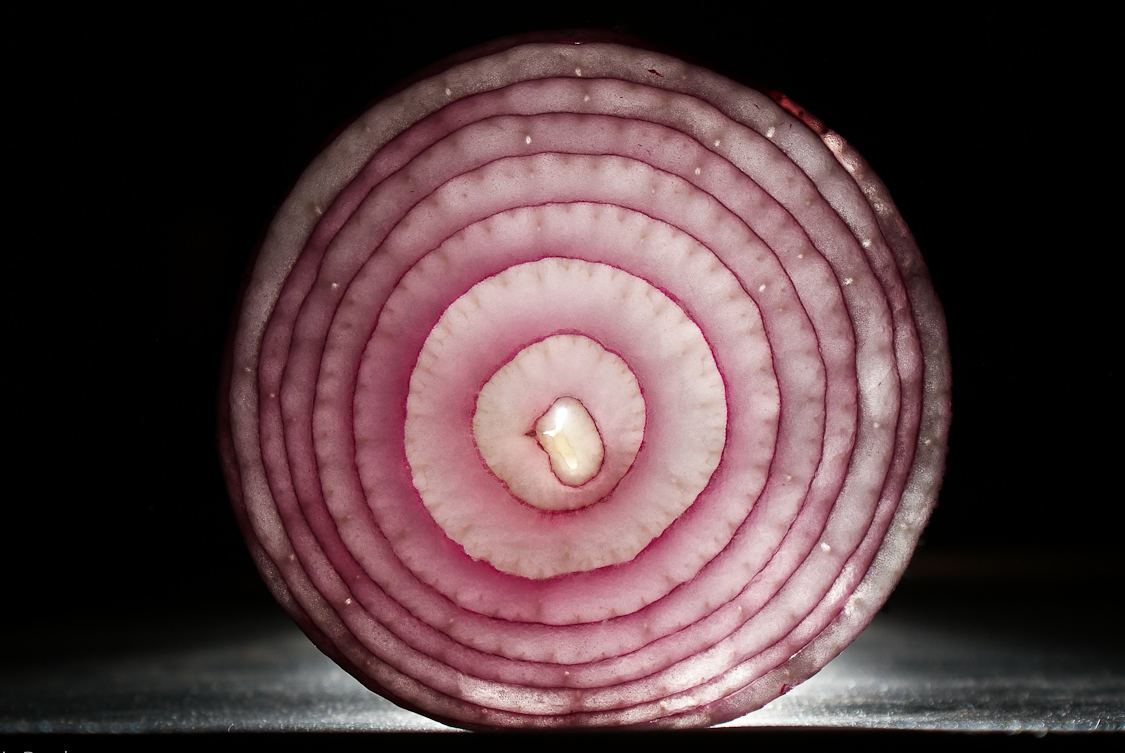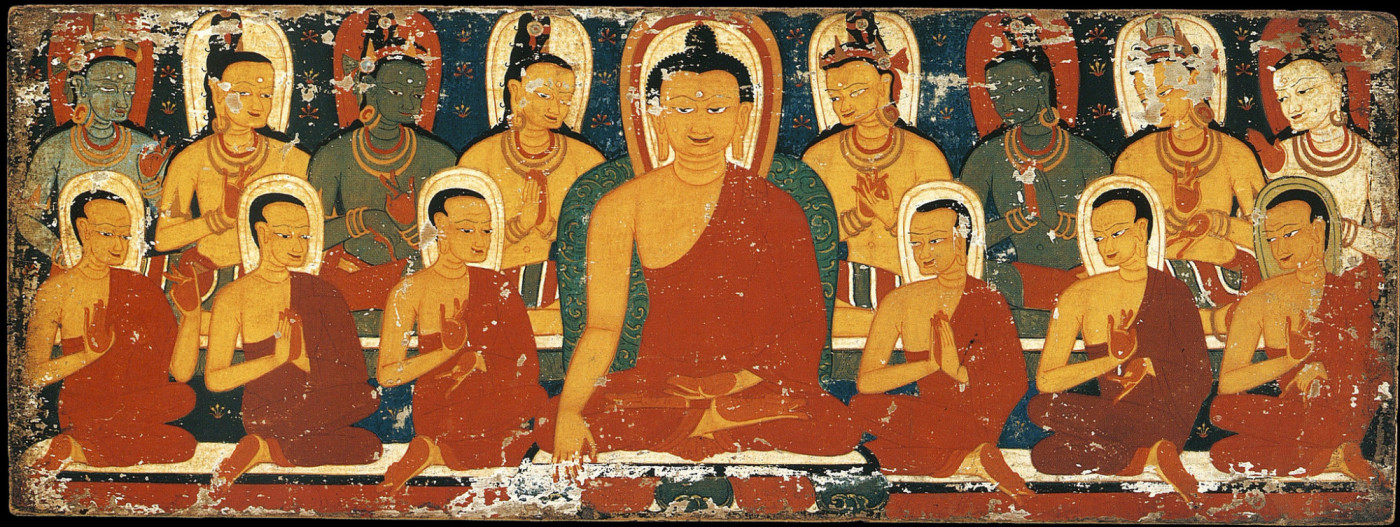Two people walk into their first yoga class. One of them leaves with the most exhilarating experience of their life. The other leaves with a sore neck, and never comes back. Why the difference?
Audio
Our entire being is like the layers of an onion. The outermost layer is the gross physical body. The next layer down is what feeds this layer, the breath being our most important “food.” This breath layer is linked to a layer of subtle physical energy—the prana, or inner winds.
Upon the winds in these channels ride our thoughts themselves, the innermost layer, like a rider atop a horse: the amazing frontier where mind and body meet.
These winds flow throughout our body in the next layer, the nadis, a network of tiny tubes or channels more subtle than the finest light. Upon the winds in these channels ride our thoughts themselves, the innermost layer, like a rider atop a horse: the amazing frontier where mind and body meet.
These levels are all interconnected; events at one level always have repercussions at the other levels. Let’s go first from the inside out. If we have calm thoughts, then the prana flows peacefully. This makes the breath flow deeply and smoothly, and the gross outer body receives its food in a very deep and regular way. The body becomes strong and trim.
The magic of yoga is that we can also work from the outside in
The magic of yoga is that we can also work from the outside in. We perform an asana with the gross body in the proper way; this causes the breath to move smoothly. This in turn makes the prana flow well and—since our thoughts ride on the prana—we come out of the yoga class feeling more happy.
But back to the main question: Why do two people have two entirely different experiences of the same yoga class? If we can’t answer this question, then we can’t help the students who come to our classes.
There is another layer of the onion that lies even below the thoughts, and this is karma: how much we have taken care of others. This karma consists of billions upon billions of tiny seeds stored deep within the heart chakra.
If we take care of other people, seeds are planted within us which open and make wonderful people and a beautiful world around us. These seeds decide how all the other levels work: whether we do our asanas and turn into light, or whether they simply leave us with a sore neck.
aprinciples/2004-09-16-tucson-gmr-yogaprinciples-onion.mp3″ target=”blank”> How Yoga Works: The Karma Onion
Options for Further Study
To deepen your study on many of the topics introduced in this lecture, please refer to the following courses on The Knowledge Base:
Teachings about Yoga on The Knowledge Base
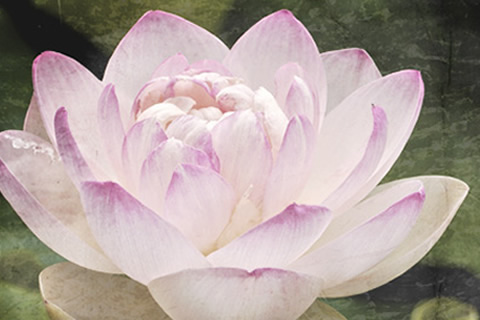
There is a strong relationship between our ability to love and our inner body of channels, chakras, and prana. Great yogis of ancient times mapped out this inner body, sometimes called the Rainbow Body, and found methods of using it not only for greater health, but for greater knowledge—and for a greater capacity to love.
Understanding the Buddhist idea of emptiness properly is absolutely crucial for yoga to work properly, and that’s what mainly distinguishes Tibetan yoga from all other methods of yoga is the special emphasis on working at the physical postures of yoga from the inside: recognizing that whether yoga “works” on us all depends upon karmic seeds that we plant in our own minds by taking care of other people.




